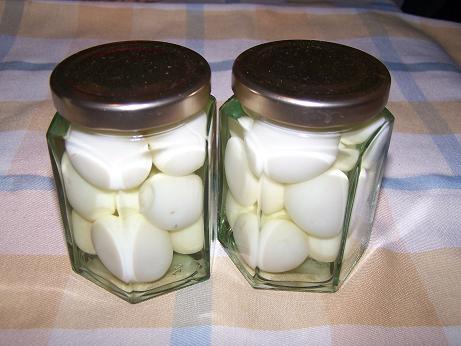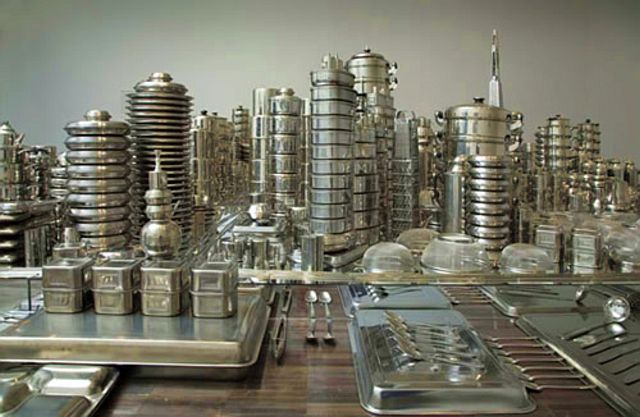Not so long ago, most people could and did plant a garden, not for looks but for sustenance. A spot of dirt was cleared out beneath the home and a root cellar was set up to keep those things that could survive the long winters, with some preserved pieces of meat, often pork, kept at hand for that extra protein kick.
Nowadays, we have access to canned goods, which serve the same purpose. Some are out-of-the-can meals, like soups and stews, while other are more basic fares. Today, I will demonstrate that a delicious meal can be made with a few cans and a handful of basic staples that should be part of every larder.
This a preparation that is low on preparation and high in taste, with minimal supplies needed. You'll need a can of white kidney beans, drained and rinsed; a potato or two, diced; a tomato, in chunks; an onion, halved and sliced; and as much garlic as you desire, crushed and chopped. In my experience, you'll want to add some sort of fat to this, and my preference is for pork of some sort: salted belly, some diced bacon, a sausage cut in pieces. Plain beans are greatly enhanced with the addition of animal fat, which is why most traditional bean dishes call for the addition of diced salted belly.
Start by browning the meat (if you're using some; otherwise, just use a good amount of oil) in a pan that will hold all the ingredients on medium-low heat. When enough fat has been rendered, start cooking the onions until they become translucent. Add the garlic and stir for a minute, making sure to spread it without it burning.
Add the beans and stir; let it heat up for a minute or so, then add the rest. Mix well. Add enough cooking liquids to cover the potatoes and simmer. Its done when the potatoes are cooked. Salt and pepper to taste.
Its a simple base, with plenty of possibilities for creative expansion. For one thing, some herbs would change the dish remarkably: a pinch of oregano, some chopped parsley, a touch of rosemary, a little can go a long way. You could add some greens, like frozen or fresh spinach. Sauteing some quartered button mushrooms would add other textural dimensions, as would a handful of corn or green peas. Trade the fresh tomato for sun-dried tomatoes in oil and you're bringing in a different beast into the mix. Even something as simple as a dozen good olives would add great flavors at a low cost.
The cooking liquid could be plain water if you're broke, or you could toss in some beer or wine. A good stock wouldn't hurt either, even if its just a small amount; the cooking process will concentrate the flavors to your advantage.
As you can see, this is something that can be put together in about ten minutes and feed a few people on little more than the price of a happy meal. Very little accompaniment are required, but if you wanted to make it interesting, a nice green salad and a fresh roll with some butter would sate your hunger without draining you too much. Once again, this a single pot dish that can easily be turned into lunches, and that can be served hot or room temperature, summer to winter.
Try it and tell me what you think!



























